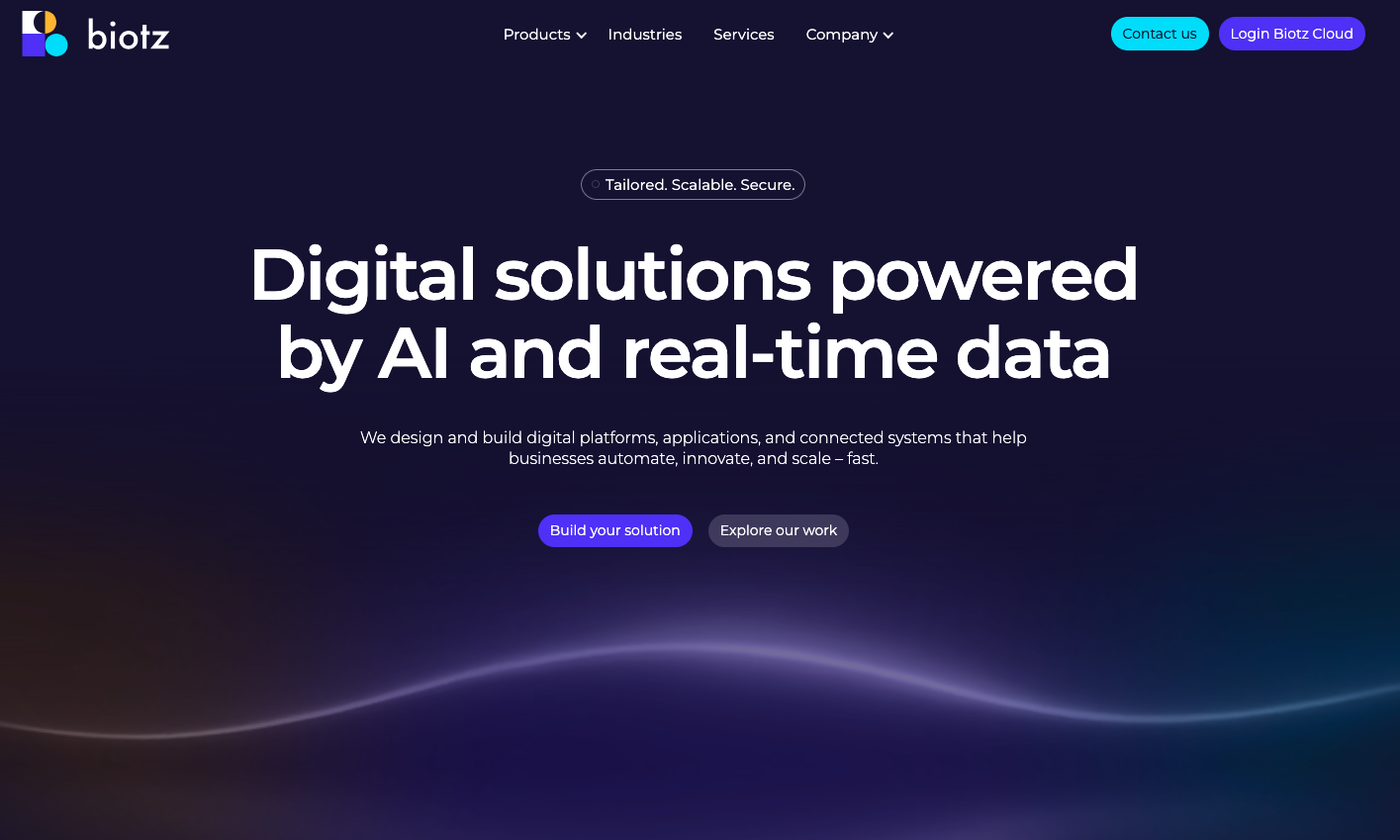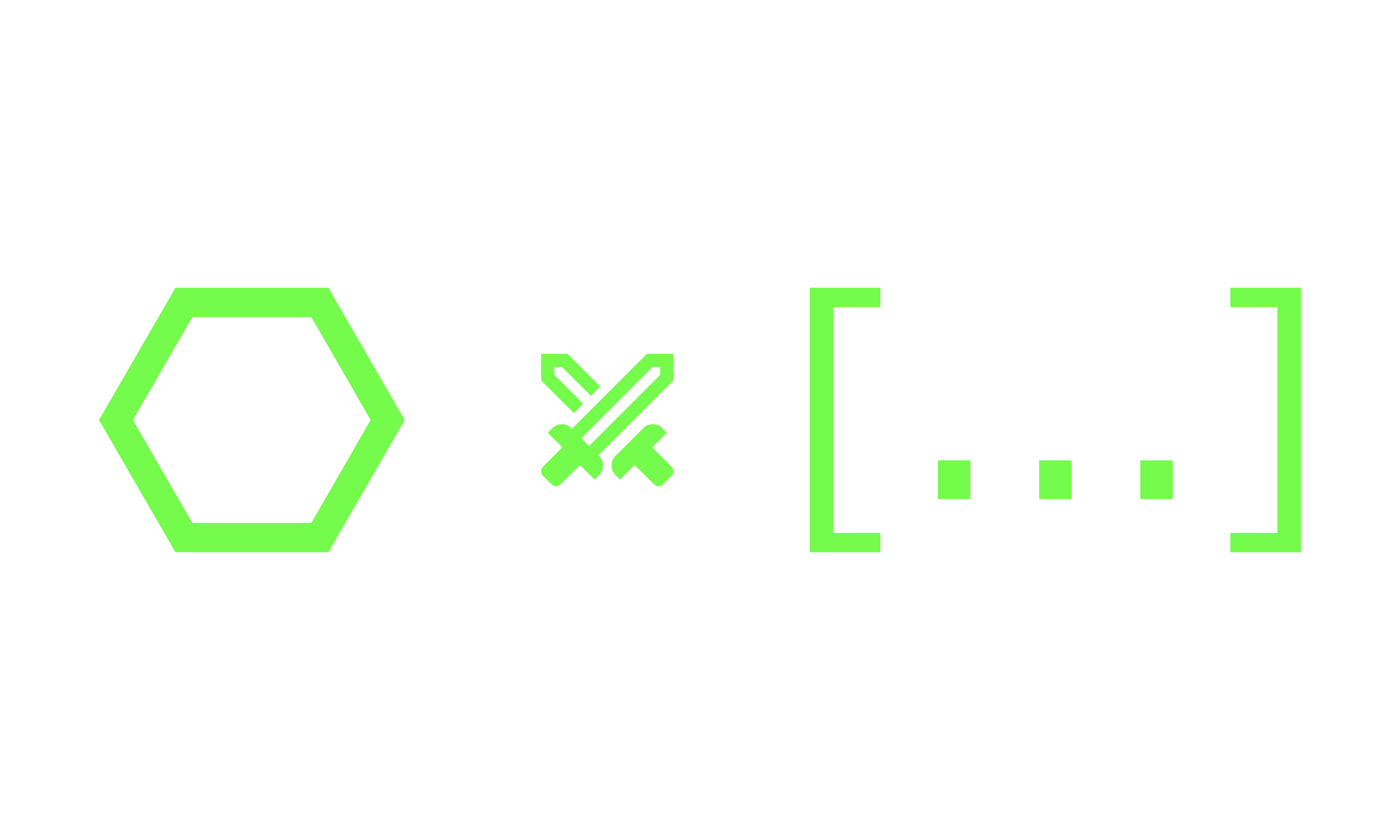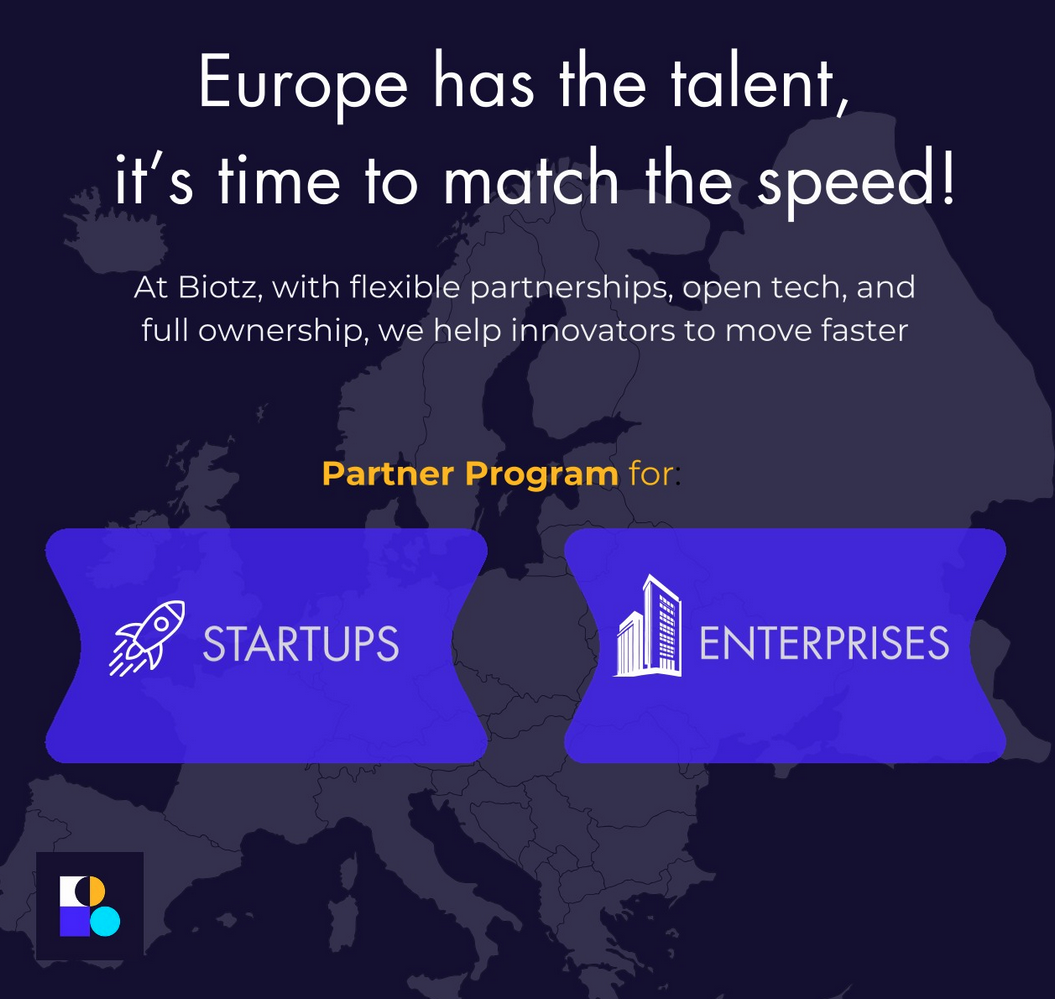One of the most gratifying feelings is the sense of making progress. A few years ago, in Biotz we set out to reach this milestone: that is, closing the loop on our digital solutions offerings by integrating AI-powered tools and real-time data. We've now arrived at this point by creating a cohesive set of in-house tools and products, the result of many years of effort and ingenuity.
Our journey began with our IoT platform, now in production with several clients. It's designed to connect devices and real-time data sources, allowing us to build solutions that not only monitor but also act on that information. To create custom products that leverage this data, we use HOP, our own Rapid Application Development platform, and enhance them with our (also in-house) AI-based software (I am too old fashioned to call them Agents).
Everything we've built, from the front-end to the back-end and machine learning, uses the same robust technology and conventions, all powered by Clojure. This approach allows us to develop sophisticated digital products with simpler, more powerful tools. We've also grown our team and taken on several exciting projects, proving that our approach is not just a technical concept—it’s a thriving reality.
IoT ecosystem - from IoT platform to final applications
We have made an effort to offer both cloud and on-premises deployment options from the start. The IoT platform focuses on the core aspects of IoT, such as device connectivity via protocols like MQTT and HTTP, data storage in relational and time-series databases, and device management features including configuration and firmware updates. It also includes functionalities for custom dashboards, alerts, and notifications, allowing businesses to gain intelligence from their data. The platform's key strength lies in its developer API, which enables the creation of highly customized final applications.
Biotz IoT platform's developer API is the foundation for building bespoke solutions, and it's a perfect match for a Rapid Application Development (RAD) platform like HOP. HOP is an open-source, modular RAD platform designed to accelerate the development of modern web applications. By using HOP, developers can leverage pre-built components and automated infrastructure to rapidly prototype and build custom back-end and front-end applications that consume data from the Biotz API. This combination of a powerful IoT platform and a flexible RAD platform to extend and customize use cases significantly reduces time-to-market for new IoT products and services, allowing for 100% customization while minimizing technical debt.
Bespoke software - HOP into action
Unlike traditional off-the-shelf software, which often requires costly compromises, HOP provides a flexible framework that allows for 100% bespoke solutions without starting from scratch and, in contrast with AI based boilerplates, keeps complete control of the underlying codebase. We have reusable modules and integrations, further accelerating development. By leveraging HOP's capabilities, we have been able to consistently deliver high-performance, robust, and scalable digital products.
AI tools - Genie in a bottle
Our latest in-house development is Genie, a powerful AI-based software solution designed to handle a wide range of both generative AI and machine learning (ML) tasks. As always, it is built using Clojure, which makes it ideal for managing complex data pipelines and computational tasks. The platform is not a single, monolithic application but rather a modular system with pre-built capabilities to accelerate development. Genie includes key modules like Retrieval-Augmented Generation (RAG), which enhances generative models with up-to-date and domain-specific information, and Deep Learning (DL), providing the foundation for building and training sophisticated neural networks.
The true strength of Genie lies in its ability to be a versatile tool for wide-ranging AI applications. We use it to power intelligent chatbots, automate content creation, perform advanced data analysis, and build predictive models. The RAG module, for example, is instrumental in creating solutions that can answer complex questions based on proprietary knowledge bases, ensuring accuracy and relevance. Meanwhile, the DL capabilities enable us to tackle challenging problems such as image recognition, natural language processing, and time-series forecasting.
New and old friends - Datastar and Datomic
We've recently incorporated Datomic and Datastar into our tech stack, which aligns perfectly with our use of Clojure. Datomic (which we used briefly in the past) is a distributed database with a unique architecture that treats data as immutable facts over time. This design provides powerful features like automatic temporal queries, enabling us to see the state of our database at any point in history without needing to create backups or complex versioning systems. Datomic's seamless integration with Clojure, particularly its query language Datalog, allows for elegant and efficient data manipulation directly within our applications.
To enhance our development workflow and improve performance, we've also adopted Datastar. Datastar simplifies the process of building real-time, rich client web applications. It allows us to build powerful, reactive user interfaces that automatically update as data changes in the database. This combination of Datomic's foundational immutability and Datastar's advanced synchronization capabilities allows us to create highly scalable, performant, and resilient applications that are easy to reason about and maintain.
Full circle and pushing forward
This isn't just a tech stack—it's a foundation for confident growth. Offered under an open-source model (MPL 2.0), our complete vertical solution offers the robustness and flexibility needed to evolve. We've come this far, and we're ready and excited for whatever the future holds.







